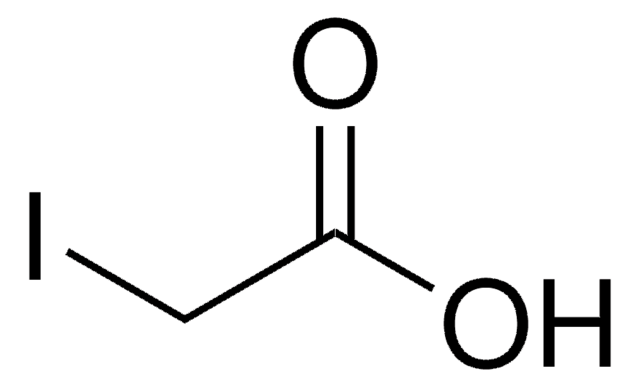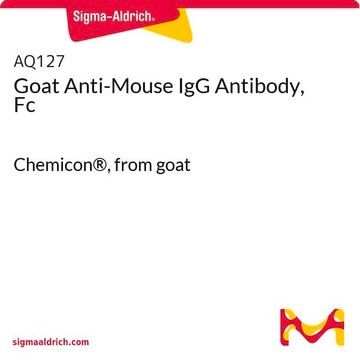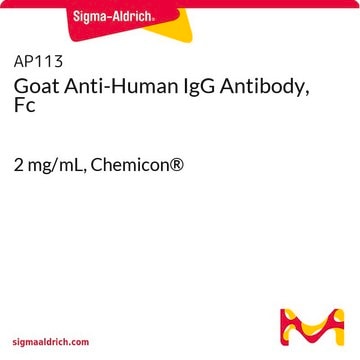B8271
Bromoacetic acid N-hydroxysuccinimide ester
≥95%, powder
Synonym(s):
2,5-Dioxopyrrolidin-1-yl 2-bromoacetate, N-Hydroxysuccinimide bromoacetate
About This Item
Recommended Products
assay
≥95%
form
powder
reaction suitability
reagent type: cross-linking reagent
solubility
acetone: 25 mg/mL
DMF: soluble
functional group
NHS ester
shipped in
dry ice
storage temp.
−20°C
SMILES string
O=C(N1OC(CBr)=O)CCC1=O
InChI
1S/C6H6BrNO4/c7-3-6(11)12-8-4(9)1-2-5(8)10/h1-3H2
InChI key
NKUZQMZWTZAPSN-UHFFFAOYSA-N
Looking for similar products? Visit Product Comparison Guide
Application
Caution
Storage Class
11 - Combustible Solids
wgk_germany
WGK 3
ppe
dust mask type N95 (US), Eyeshields, Gloves
Certificates of Analysis (COA)
Search for Certificates of Analysis (COA) by entering the products Lot/Batch Number. Lot and Batch Numbers can be found on a product’s label following the words ‘Lot’ or ‘Batch’.
Already Own This Product?
Find documentation for the products that you have recently purchased in the Document Library.
Customers Also Viewed
Our team of scientists has experience in all areas of research including Life Science, Material Science, Chemical Synthesis, Chromatography, Analytical and many others.
Contact Technical Service










